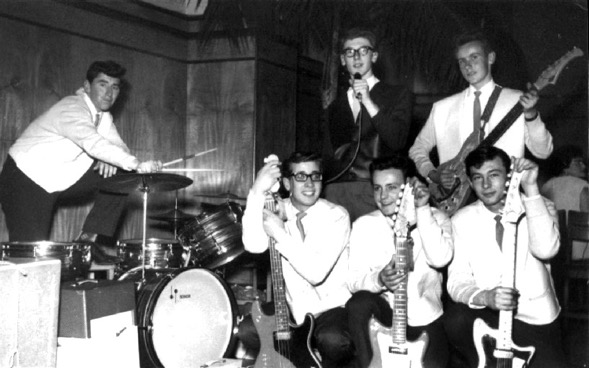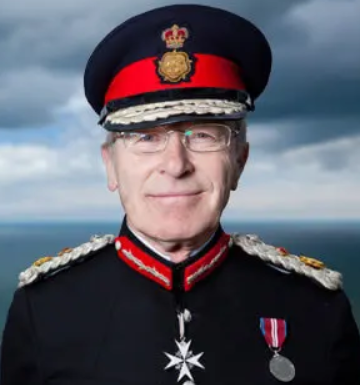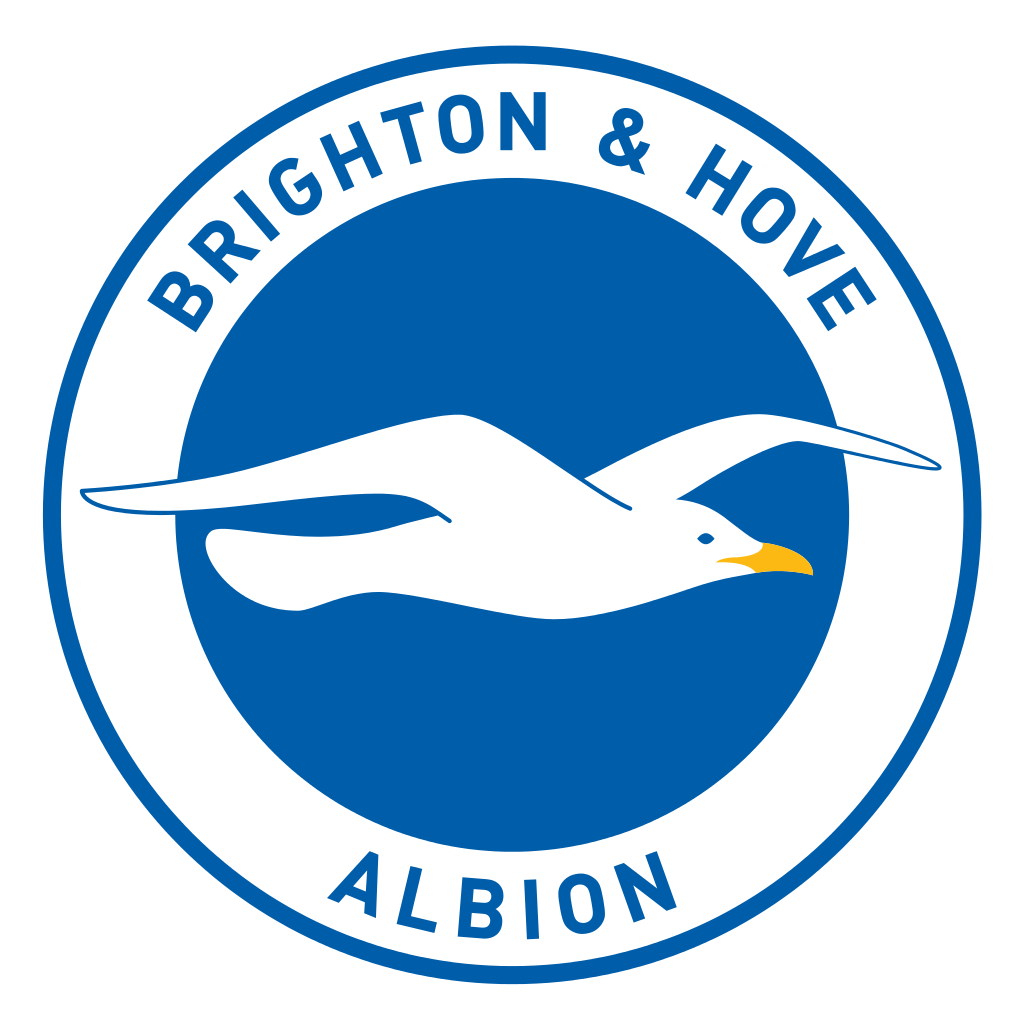Sir Peter Field retired last week after 13 years as the Lord Lieutenant of East Sussex. Born in Brighton in 1946, he was raised on the Hollingbury council estate and left school with one O-Level to join a building society. He sang with a local rock band and worked on the buses before marrying Lady Margaret and finding success in the property world. He played a major role in the regeneration of Brighton and Hove and in addressing the needs of homeless and vulnerable people in the city and across Sussex. Bill Randall looks at his life and work.

It’s full on being the First Citizen of East Sussex. The official duties are many, among them representing the Queen in the county, looking after visiting members of the Royal Family, chairing the Advisory Committee on JP appointments and presenting honours on behalf of the Crown. A packed programme of community, civic and business events make this a full-time (and unpaid) job.
Sir Peter and Lady Margaret performed these tasks, remarkably free of any pomp or self-importance and with a great talent for putting people at ease.
“It has all been a great privilege and honour,” he says. “I relied on Margaret’s support throughout. It would have been very difficult without her.”
It is all a long way from the beginnings of a Brightonian recently given the rare honour of the Freedom of the City. Sir Peter was 10 when his Dad died.
“Mum was a hairdresser and was left to bring up the three of us,” he says. “She did a grand job.”
He didn’t succeed at Stringer School – “I didn’t see the point of it all” – leaving with his solitary GCE certificate.
“I was very lucky to get a place on an Alliance Building Society training scheme, which was open only to those with five or more O-Levels. I’m still not sure how it happened.”
It was the 1960s and something else was happening. Sir Peter was Pete of Pete and the Zodiacs, a local rock group playing Brighton clubs like the Florida Rooms and the Starlight Rooms, sometimes as the openers for chart bands like the Nashville Teens and Herman and the Hermits.
“I was making good money from this,” he says, “so I quit the day job.”

Plans to move to Canada to join a TV band were abandoned, not least because he was courting Margaret. Instead, he joined the bus company and punched tickets for a year. Marriage and a major career shift followed in 1969.
“I wrote to every estate agent in the city asking for a job,” he says. “One replied. The wages were low, but it was a start. Six months later I was running the office.”
In the 1970s he started his own estate agency, qualified as a chartered surveyor through a correspondence course, bought out a couple of other agencies and became increasingly involved in commercial property.
In the 1980s his business merged with Fox and Sons. A sell-out to the Royal Insurance Group saw him join the new organisation’s property boards.
Early retirement followed. It ended quickly when he was headhunted by a national property group specialising in rural leisure development. Full retirement followed in 2004.

Closer to home, Sir Peter chaired both the Brighton and Hove Regeneration Partnership and the city’s Business Community Partnership which he founded. On top of all this, he somehow found time to serve as a magistrate for 20 years.
“Sir Peter has made an immense contribution to the economic development, wellbeing and public profile of the city,” says Geoff Raw, the chief executive of Brighton and Hove City Council. “We owe him and Lady Margaret a great debt of gratitude.”
Dealing with homelessness and exclusion in Brighton and Hove and beyond is a hallmark of Sir Peter’s work.
He is the sole survivor of the founders of Brighton Housing Trust (now BHT Sussex) in 1969 – and he was at the birth of Southdown Housing Association, which works with people with learning difficulties.
For good measure he oversaw the growth of Brighton YMCA’s work with homeless and vulnerable people and was a founder of the national Foyer Federation housing and training scheme for young people. He organised the development the 50-bed foyer scheme for young people in Trafalgar Street.
“There will always be those who for health or other reasons are unable to work, and they must always be supported,” he says. “However, where possible I believe it is important to offer people a hand up, rather than a handout, through housing, rehabilitation, training and jobs.”
Andy Winter, the chief executive of BHT Sussex, says: “Much of Sir Peter’s work has been in the background, bringing people together, and making Brighton and Hove a better place.
“It is often the marginalised, the ignored and the poor who have benefited from his work. For more than 50 years he has helped to set up charities and nurtured others.
“His care and compassion for those who are homeless and excluded is limitless, and we owe him a huge debt of gratitude for what he has done, publicly and in private.”

Sir Peter’s approach is very unassuming, says Karen Barford, a former member of Brighton and Hove City Council, who first worked with him in 2007 at the Business Community Partnership.
“He is about empowering others, sowing seeds, making links and then stepping back to allow people the space to develop relationships and turn ideas into something tangible.
“He may be retiring as Lord Lieutenant, but I very much doubt he will ever stop serving our community. I suspect he will keep having conversations and sowing the seeds for a better future.”
Bill Randall was the first Green leader of Brighton and Hove City Council and the first Green mayor of Brighton and Hove.







